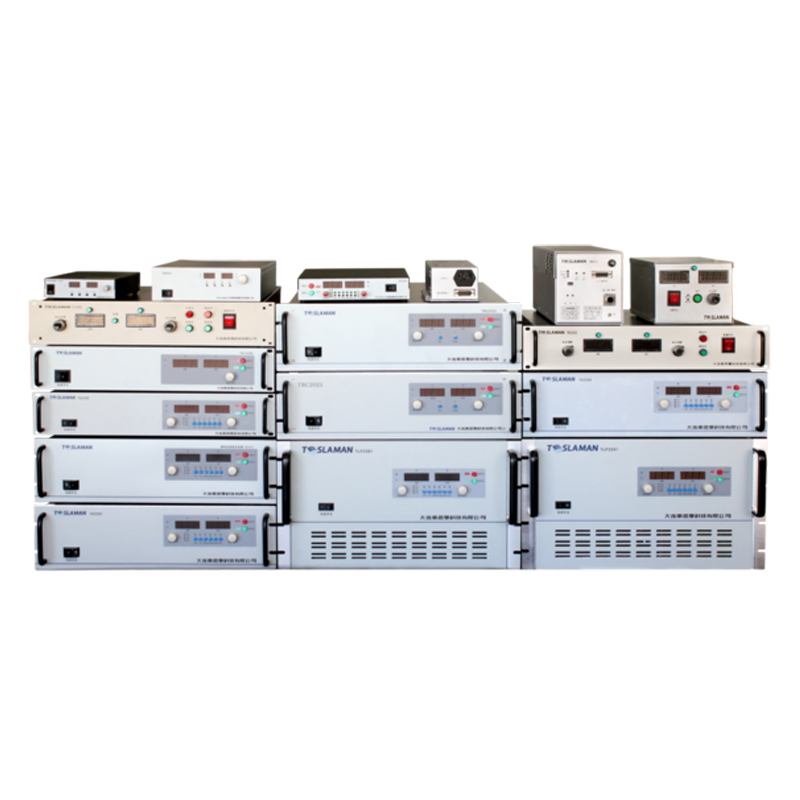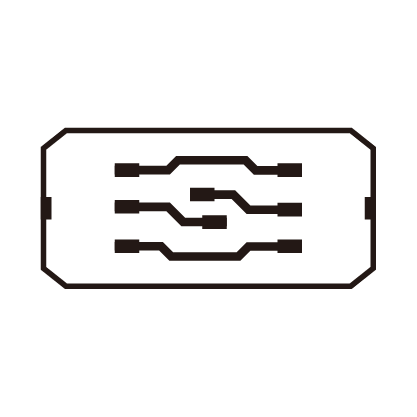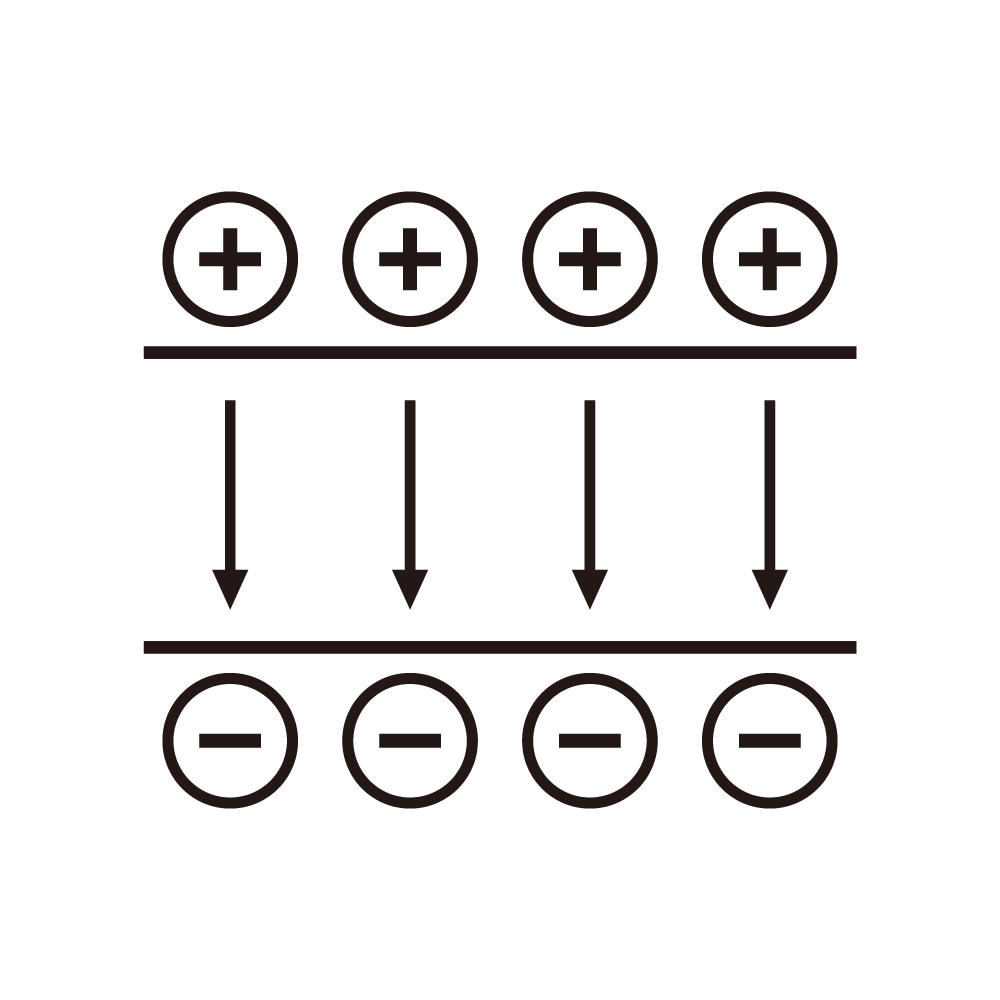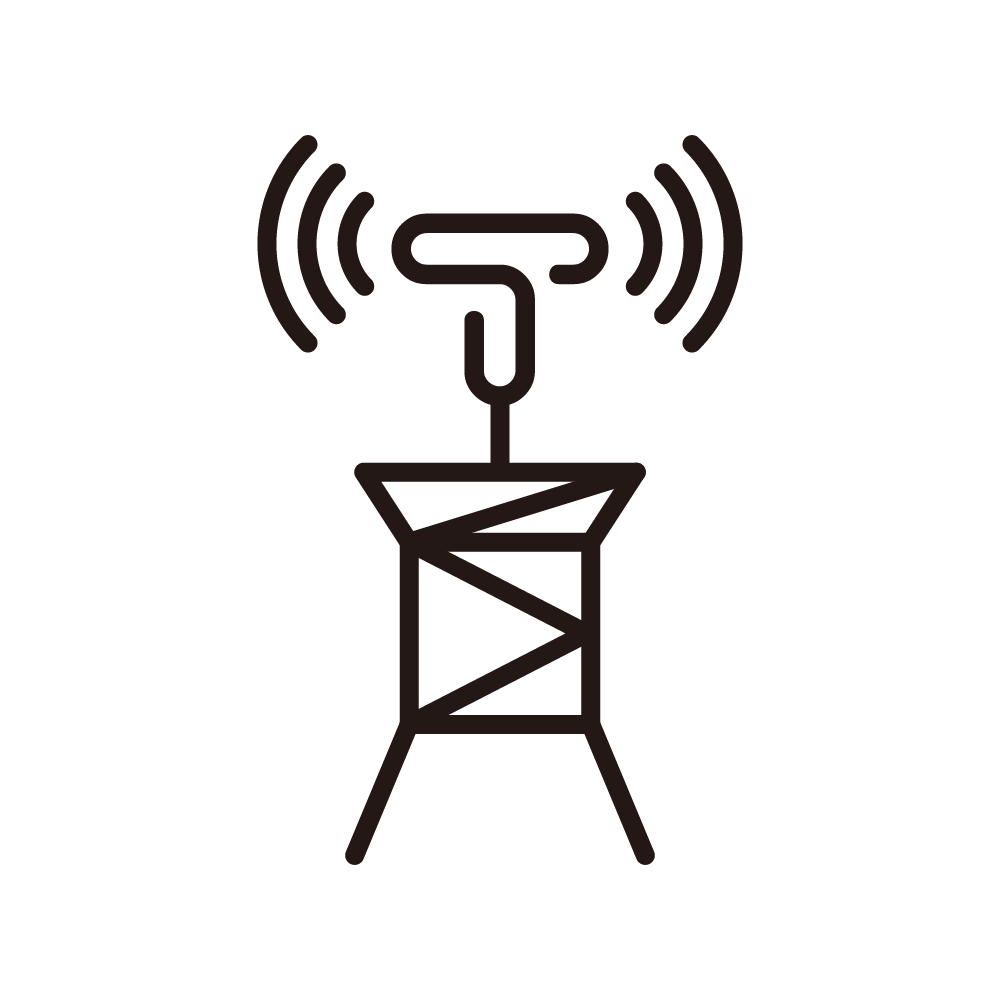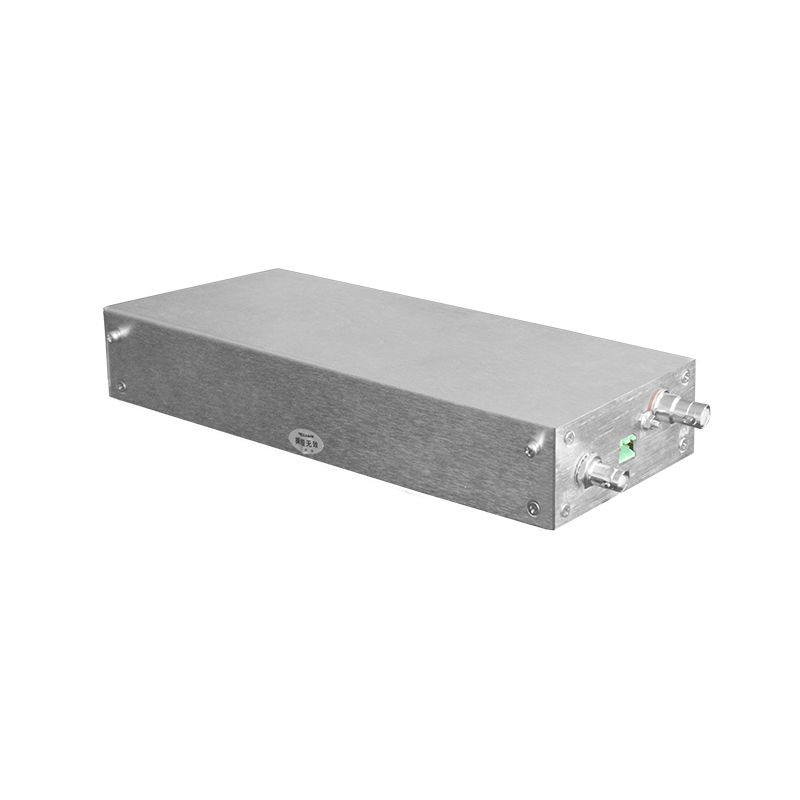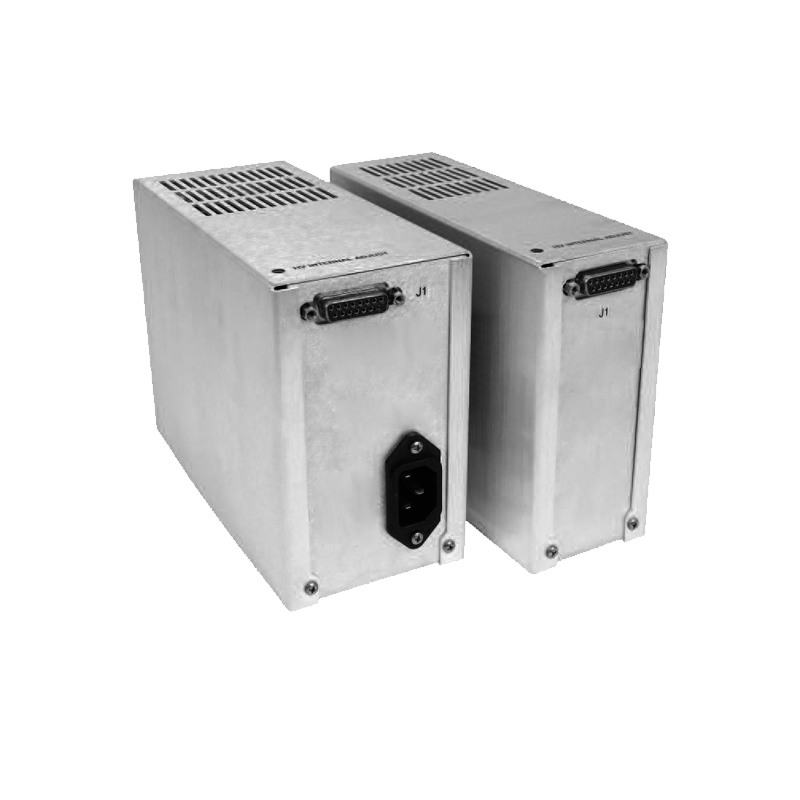Design of a Light Inspection Machine Power Supply with Light Source Lifetime Prediction and Intelligent Replacement Reminder System
The power supply in a light inspection machine plays a central role in ensuring consistent illumination and accurate defect detection for products such as pharmaceutical vials, glass bottles, and ampoules. The stability of the light source directly influences the precision of visual or optical inspection systems. However, most traditional systems lack predictive maintenance mechanisms and rely solely on fixed replacement schedules, which often lead to inefficient downtime or light degradation that causes false detection. A high-performance power supply integrated with a predictive model for light source lifespan and an intelligent replacement reminder system can significantly enhance system reliability.
The proposed design introduces a real-time monitoring module that tracks multiple electrical and optical parameters, including drive current, supply voltage, startup count, and ambient temperature. By employing a degradation-based predictive model such as the Weibull lifetime distribution, the system estimates the Remaining Useful Life (RUL) of the light source. In addition, integrated optical sensors continuously measure luminous flux and spectral stability, ensuring accurate evaluation of light output decline over time. These data feed into a regression-based adaptive algorithm, which dynamically adjusts the model based on historical performance and environmental conditions.
The control unit, built upon a microcontroller or FPGA-based architecture, provides continuous feedback regulation through a closed-loop PWM (Pulse Width Modulation) system. This ensures constant luminous power despite minor variations in supply voltage or temperature. To prevent premature aging, a soft-start sequence and current ramping are used during activation, reducing thermal shock to the light-emitting components.
When the algorithm detects that the luminous intensity has decayed beyond a predefined threshold, the intelligent alert module triggers a multi-channel notification—through the HMI interface, local alarm, or networked maintenance system—prompting timely replacement. The reminder logic is synchronized with production scheduling software to minimize downtime during maintenance.
Data logs of voltage, current, and brightness are stored both locally and on a cloud-based database, enabling long-term performance tracking and statistical optimization. This predictive maintenance system transforms the traditional static replacement strategy into a data-driven, condition-based maintenance model, improving light source utilization and overall inspection accuracy.
